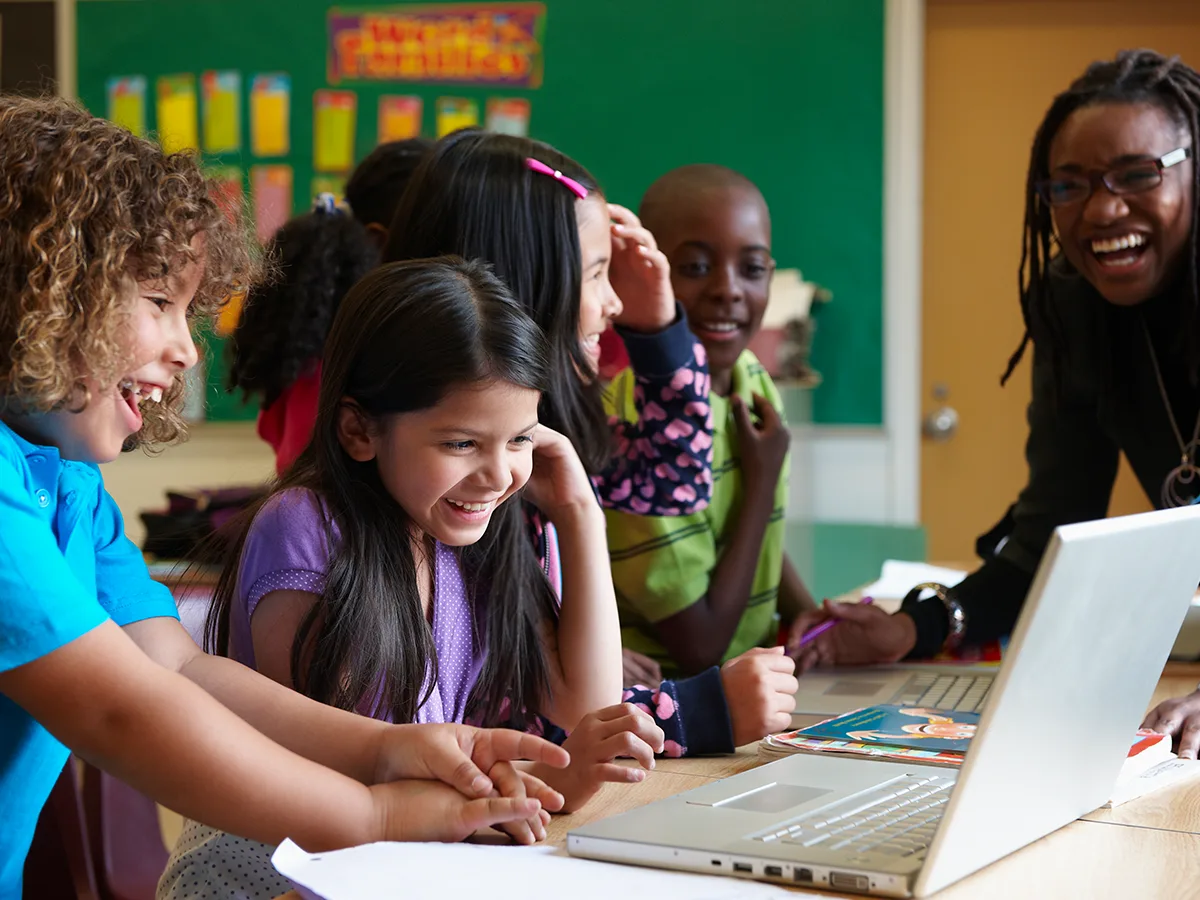
Culturally Responsive Teaching
Education is a dynamic field that constantly evolves to meet the diverse needs of students. One approach gaining traction in recent years is culturally responsive teaching. This method goes beyond traditional teaching practices by recognizing and honoring the rich cultural backgrounds of students. It fosters an inclusive environment where every learner feels valued, understood, and empowered.
Imagine a classroom where lessons resonate with all students because they reflect their experiences and identities. Culturally responsive teaching not only enhances engagement but also improves learning outcomes for everyone involved. As educators strive to create spaces that celebrate diversity, this approach becomes essential in building bridges between cultures within educational settings.
Join us as we delve into what culturally responsive teaching truly means, its significance in promoting inclusive education, the challenges faced during implementation, effective strategies for success, and the profound impact it can have on student achievement. Together, let’s explore how embracing these practices can transform classrooms into vibrant communities of learners.
Understanding Culturally Responsive Teaching
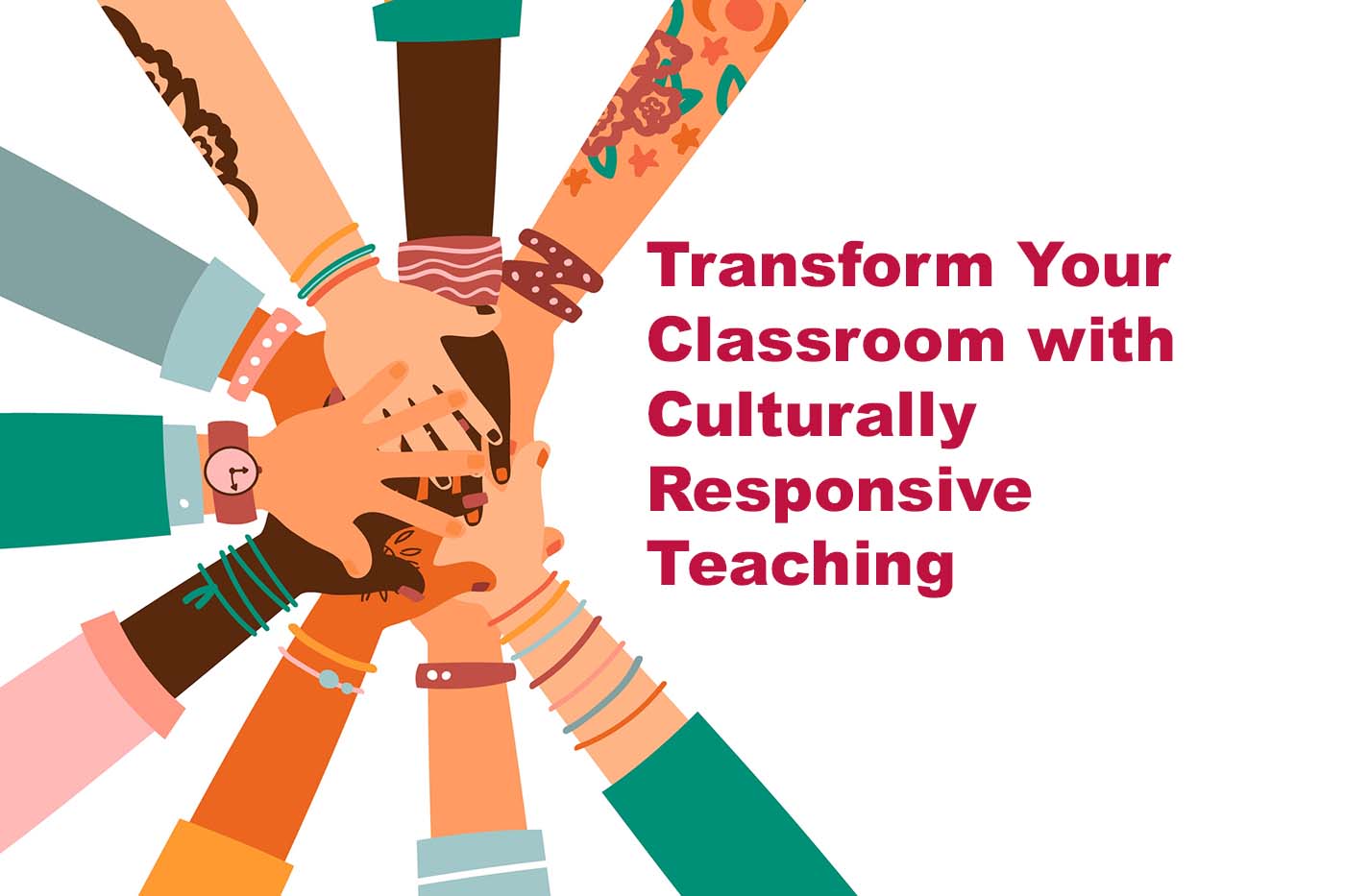
Culturally responsive teaching is about recognizing and valuing the diverse cultural identities of students. It emphasizes understanding where each student comes from, both culturally and socially. By acknowledging these backgrounds, teachers can create more meaningful connections in their lessons.
This approach goes beyond simply incorporating different cultures into the curriculum. It requires educators to adapt their teaching methods to reflect the varied experiences of their students. This includes using examples, texts, and resources that resonate with all learners.
Moreover, fostering a sense of belonging is crucial. When students see themselves represented in what they learn, it boosts their confidence and engagement levels. Culturally responsive teaching empowers educators to be reflective practitioners who continually assess how their practices impact every student’s learning journey.
This method transforms classrooms into inclusive spaces conducive to collaboration and mutual respect among diverse learners.
The Importance of Inclusive Education
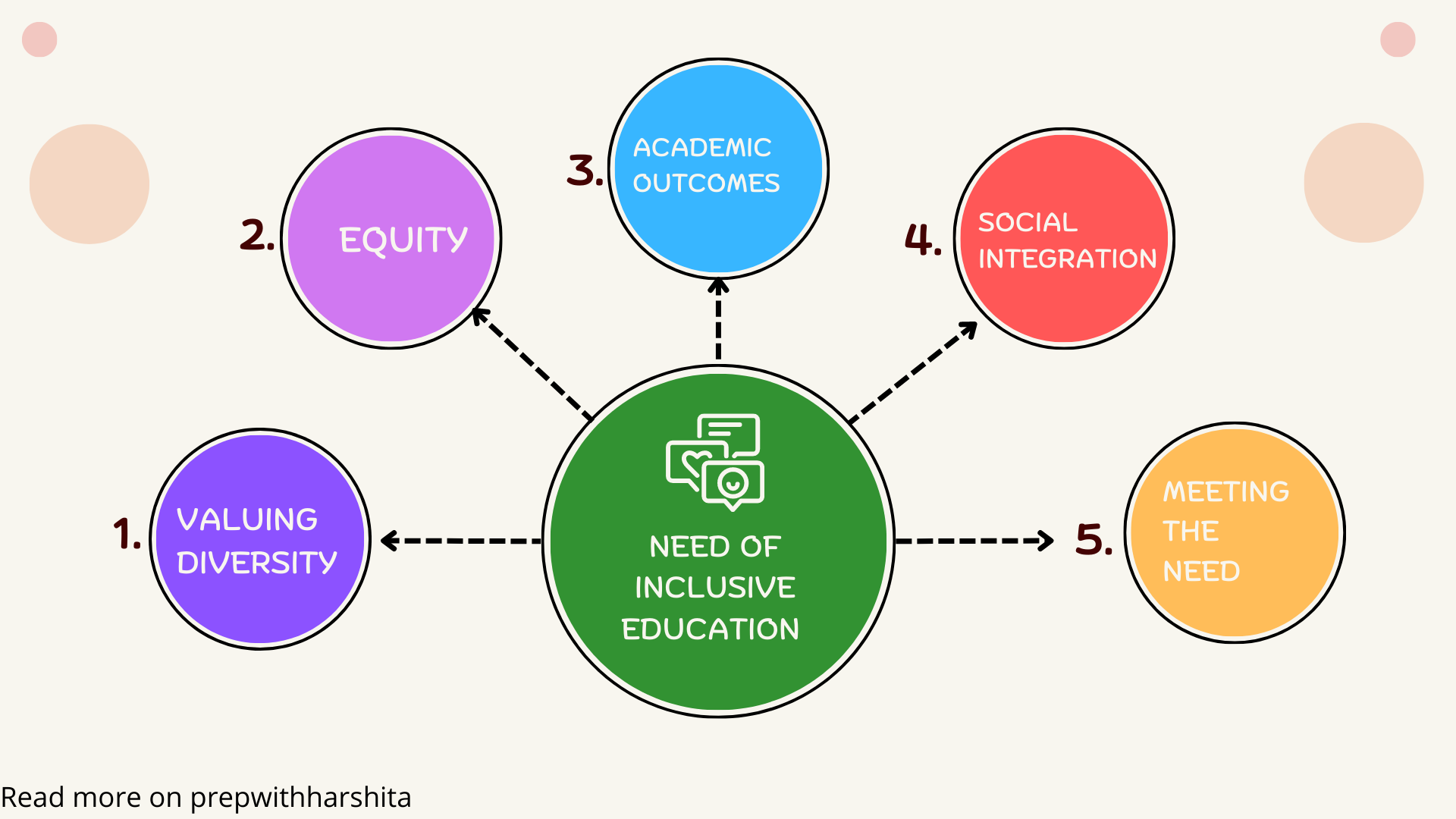
Inclusive education is vital for fostering a sense of belonging among all students. It ensures that every learner, regardless of their background or abilities, has access to the same educational opportunities.
When classrooms embrace diversity, they cultivate empathy and understanding. Students learn from one another’s experiences and perspectives, enriching their social interactions. This environment nurtures collaboration and respect.
Additionally, inclusive education promotes academic success. Research shows that when students feel valued and included, they are more engaged in learning. Their motivation increases as they recognize their unique contributions to the classroom community.
Moreover, it prepares learners for a diverse world outside school walls. They develop essential skills that will serve them well in future workplaces and society at large. By prioritizing inclusion today, we can create compassionate leaders for tomorrow’s challenges.
Challenges and Barriers to Implementing Culturally Responsive Teaching

Implementing culturally responsive teaching faces several challenges. One major barrier is the lack of training for educators. Many teachers may not feel equipped to address diverse cultural backgrounds in their classrooms.
Furthermore, standardized curriculums can limit the flexibility needed for incorporating students’ unique perspectives. This rigidity often leaves little room for adaptation based on cultural contexts.
Additionally, systemic biases within educational institutions can hinder progress. These entrenched practices can marginalize certain cultures and undermine efforts to create an inclusive environment.
Time constraints also play a significant role. Teachers are often overwhelmed with administrative tasks that detract from focusing on culturally relevant practices.
There may be resistance from some staff or stakeholders who underestimate the importance of diversity in education. This opposition complicates collaborative efforts aimed at fostering inclusivity within schools.
Strategies and Approaches for Culturally Responsive Teaching
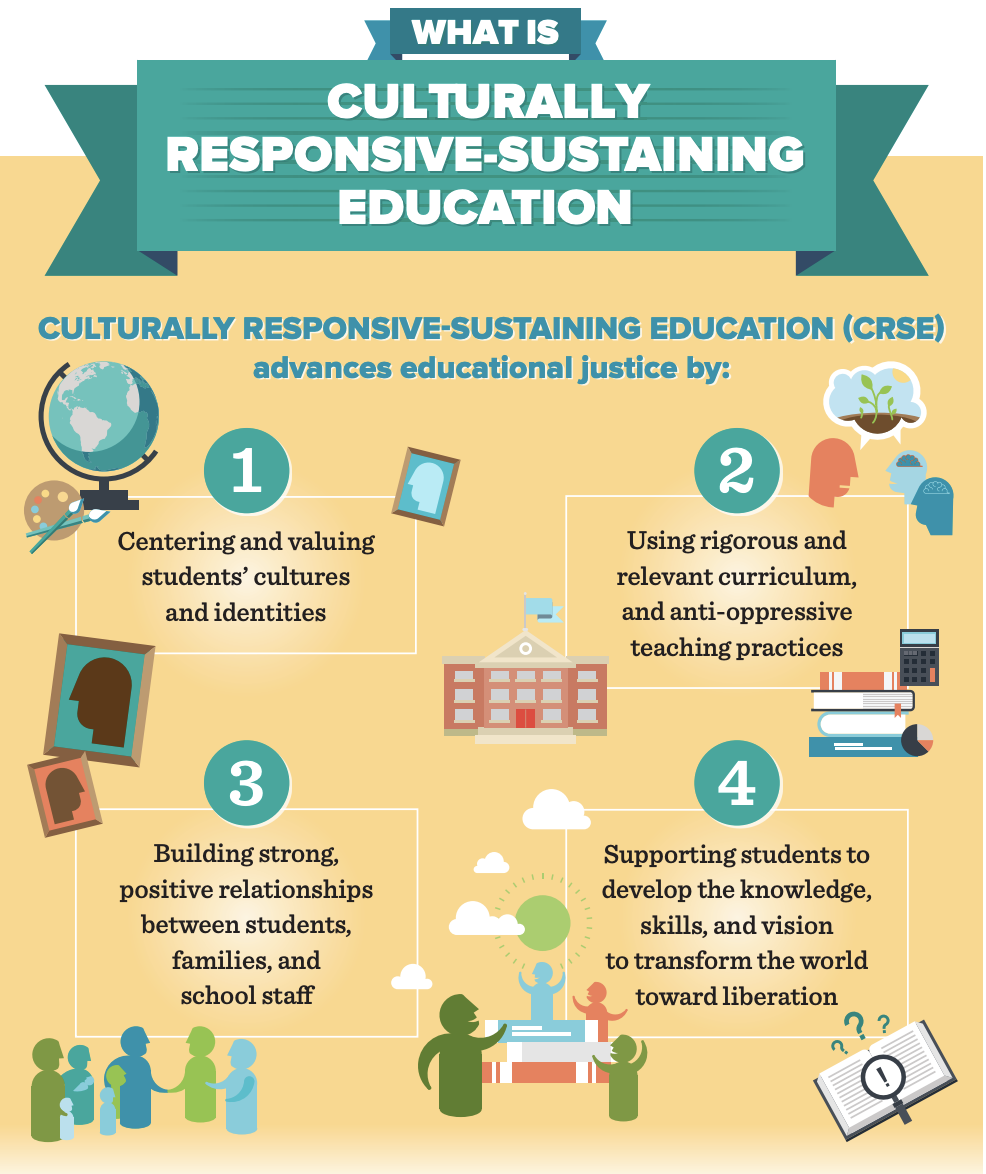
Culturally responsive teaching thrives on diversity. Teachers can begin by integrating students’ cultural backgrounds into the curriculum. This approach makes lessons relatable and engaging.
Using diverse materials is essential. Incorporate literature, videos, and examples that reflect various cultures. This not only broadens perspectives but also fosters empathy among peers.
Another effective strategy involves building strong relationships with students. Take time to learn about their interests and stories. When students feel valued, they participate more actively in class discussions.
Encouraging collaborative learning can also enhance understanding of different viewpoints. Group work allows students to share experiences while respecting each other’s differences.
Continuous professional development is crucial for educators seeking culturally responsive practices. Workshops focused on inclusivity help teachers adapt their methods over time, ensuring an evolving classroom environment that celebrates diversity.
Impact and Benefits of Culturally Responsive Teaching on Students

Culturally responsive teaching significantly enhances student engagement. When lessons reflect students’ backgrounds, they feel valued and understood. This connection fosters a deeper interest in learning.
Moreover, academic performance often improves. Students exposed to culturally relevant materials demonstrate increased motivation and achievement. They find relevance in their studies, bridging personal experiences with educational content.
Social skills also flourish within inclusive environments. Culturally responsive practices encourage collaboration among diverse groups. As students learn from each other’s perspectives, empathy and respect grow naturally.
This approach nurtures critical thinking too. When challenged to explore different cultures and viewpoints, learners develop broader analytical skills essential for navigating today’s global society.
In essence, embracing cultural diversity enriches the educational experience for all involved; it cultivates not just knowledgeable individuals but also compassionate citizens ready to contribute positively to the world around them.
Role of Teachers in Creating an Inclusive Classroom Environment
Teachers play a pivotal role in fostering an inclusive classroom environment. Their attitudes and actions set the tone for acceptance and respect among students.
Creating a safe space where every voice is valued encourages participation. Teachers can celebrate diversity by incorporating various cultural perspectives into their lessons, demonstrating that all backgrounds are relevant.
Building relationships with students is essential. Understanding individual needs allows teachers to tailor their approaches effectively. This personalized attention helps bridge gaps between different learning styles.
Collaboration also enhances inclusivity. By engaging parents and communities, educators can create a support network that extends beyond the classroom walls.
Continuous professional development keeps teachers informed about culturally responsive practices. Staying updated empowers them to implement strategies that make education accessible for everyone, regardless of background or ability.
Conclusion: Embracing Culturally Responsive Teaching for a More Inclusive Future
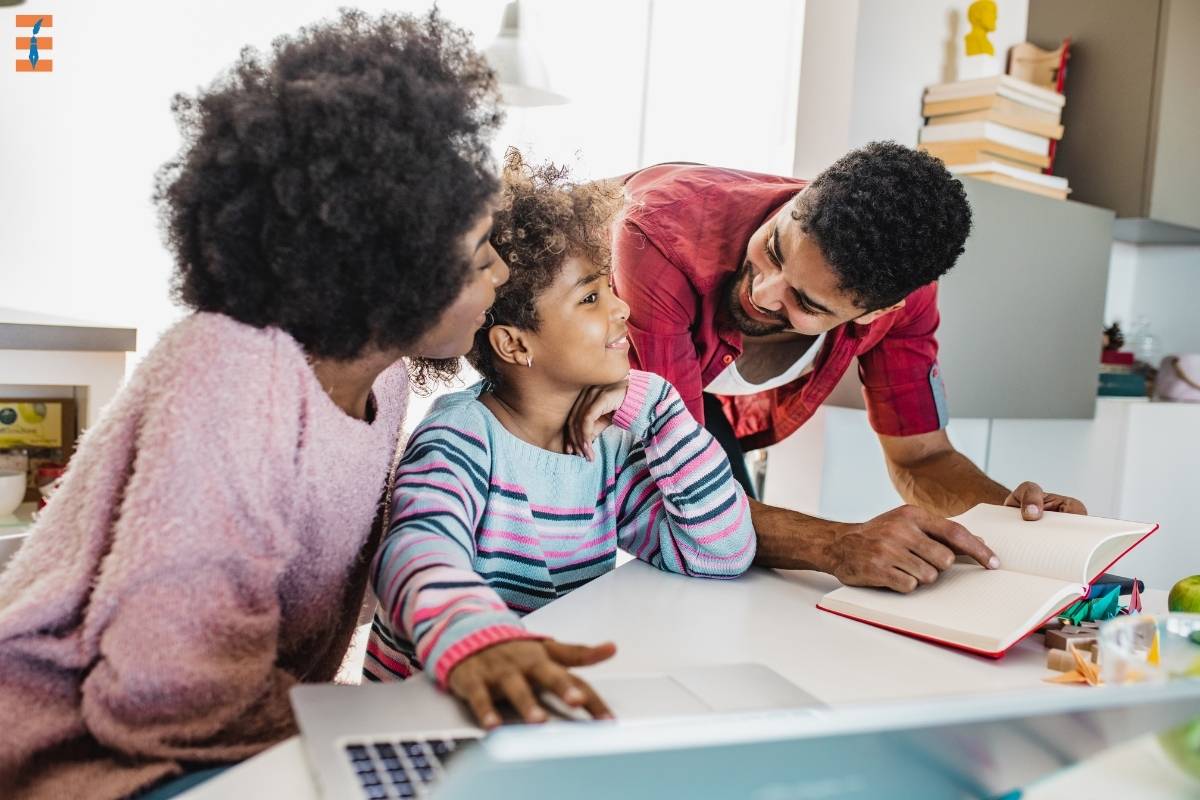
Embracing culturally responsive teaching is pivotal for fostering an inclusive education system. This approach not only acknowledges but also values the diverse backgrounds of students. By recognizing and respecting cultural differences, educators can create a richer learning environment.
When teachers implement these practices, they bridge gaps that often exist in traditional educational settings. They cultivate a space where every student feels seen and heard, leading to enhanced engagement and academic success. Furthermore, this method equips students with the skills to thrive in a multicultural world.
As we strive towards inclusivity, it’s essential for educators to continuously learn and adapt their strategies. Building strong relationships with students based on mutual respect will transform classrooms into vibrant communities of learners.
The journey toward inclusive education through culturally responsive teaching has the power to reshape futures—both for individuals and society as a whole. Emphasizing this commitment creates pathways for all learners to succeed together in harmony.




Leave a Reply